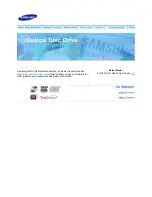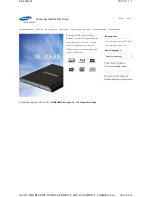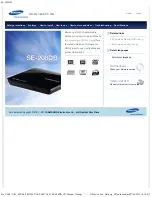
VLT
®
Series 3500
47
0 LANGUAGE
1 MOTOR VOLTAGE
2 MOTOR CURRENT
3 MOTOR FREQUENCY
4 FOLLOWER VOLTAGE
5 FOLLOWER CURRENT
6 MIN. FREQUENCY
7 MAX. FREQUENCY
8 RAMP UP TIME
9 RAMP DOWN TIME
Extended Menu Setup 1
Group 0 Group 1
Operation Load
Group 2 Group 3
Ref. Signal Functions
Group 4 Group 5
In-/Output Serial Com.
Group 6
Service
Display Mode
In normal operation, the VLT Series 3500 starts up in
display mode. In the display mode, there is the ability to
choose different readouts. There are two different
possible displays, the Standard Display, and the
Extended Display. Parameter 606 allows the selection of
either the Standard Display or the Extended Display. The
display readouts can be selected by means of the “+”
and “–” keys:
Standard Display
1.
Frequency Hz
2.
Feedback
3.
Current A
4.
Power kW
5.
Energy kWh
6.
Motor voltage V
7.
Reference %
Extended Display
1.
Reference %
2.
Frequency Hz
3.
Display/Feedback %
4.
Current A
5.
Torque %
6.
Power kW
7.
Power HP
8.
Energy kWh
9.
Motor voltage V
10. DC voltage V
11. Thermal motor load %
12. Thermal inverter load %
Extended Menu
Display Mode
Quick Setup Menu
2
3
4
By default, the top display line shows the value of the
selected readout and the second line displays a
description of the readout. Parameter 605 makes it
possible to display the value of a second readout on the
second line, instead of the description. This can be useful
when, for example, the PID controller is being
programmed. It is possible to read out the reference
(setpoint) and the feedback signal at the same time.
Programming
Programming is carried out by changing the data values
for the various parameters. The parameters have been
grouped into a menu format. The most commonly used
parameters have been grouped together into a Quick
Setup Menu. All the parameters, including those also in
the Quick Setup Menu are available in the Extended
Menu. If a parameter in the Quick Setup Menu is
changed, it is automatically changed in the Extended
Menu as well.
The drive can also be run in four different setups. Many
parameters can be programmed differently in each setup.
Through the control inputs, the desired drive setup can
be chosen. This allows application-dependent
programming to be done. For example, one setup may
have no PID regulation, while another setup has PID
regulation.
➔
➔
➔
➔
➔
➔
















































